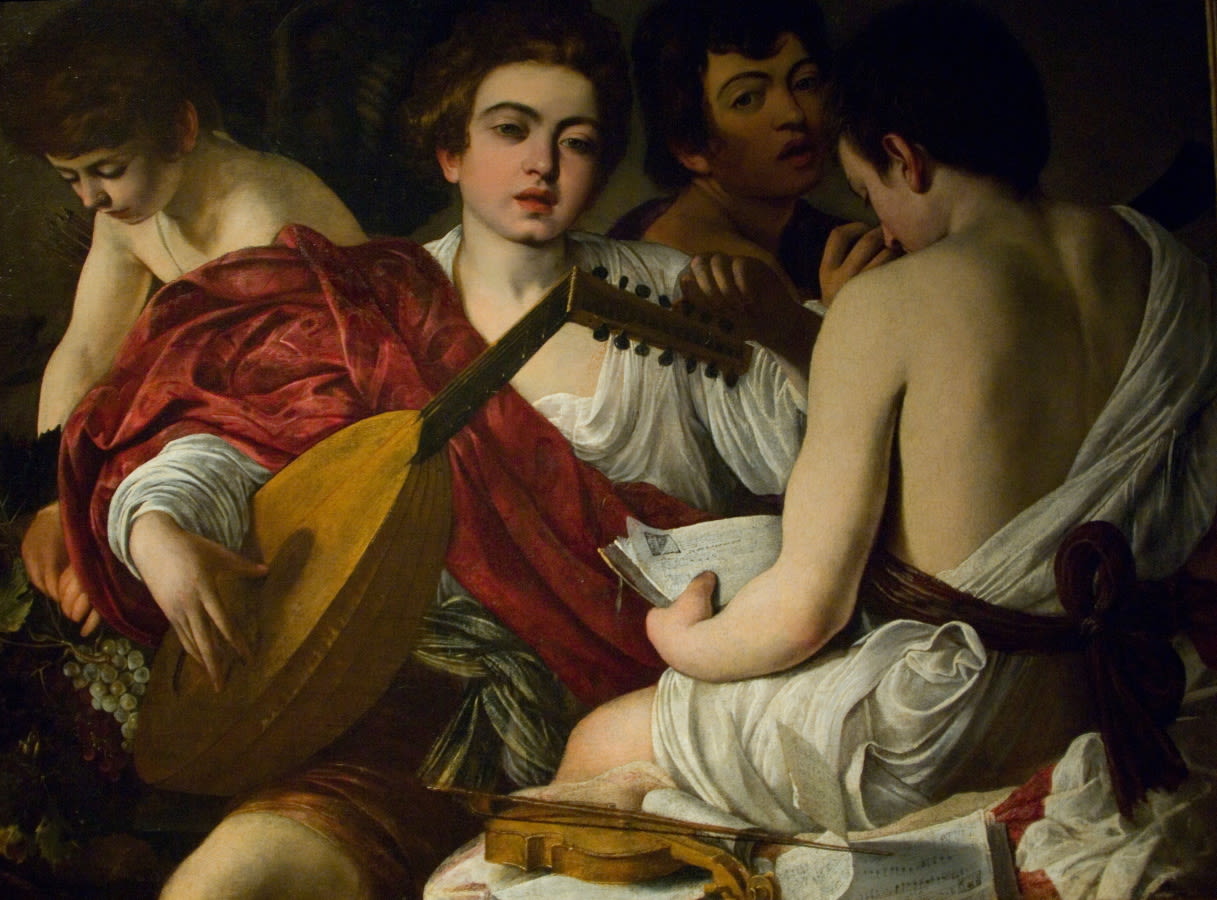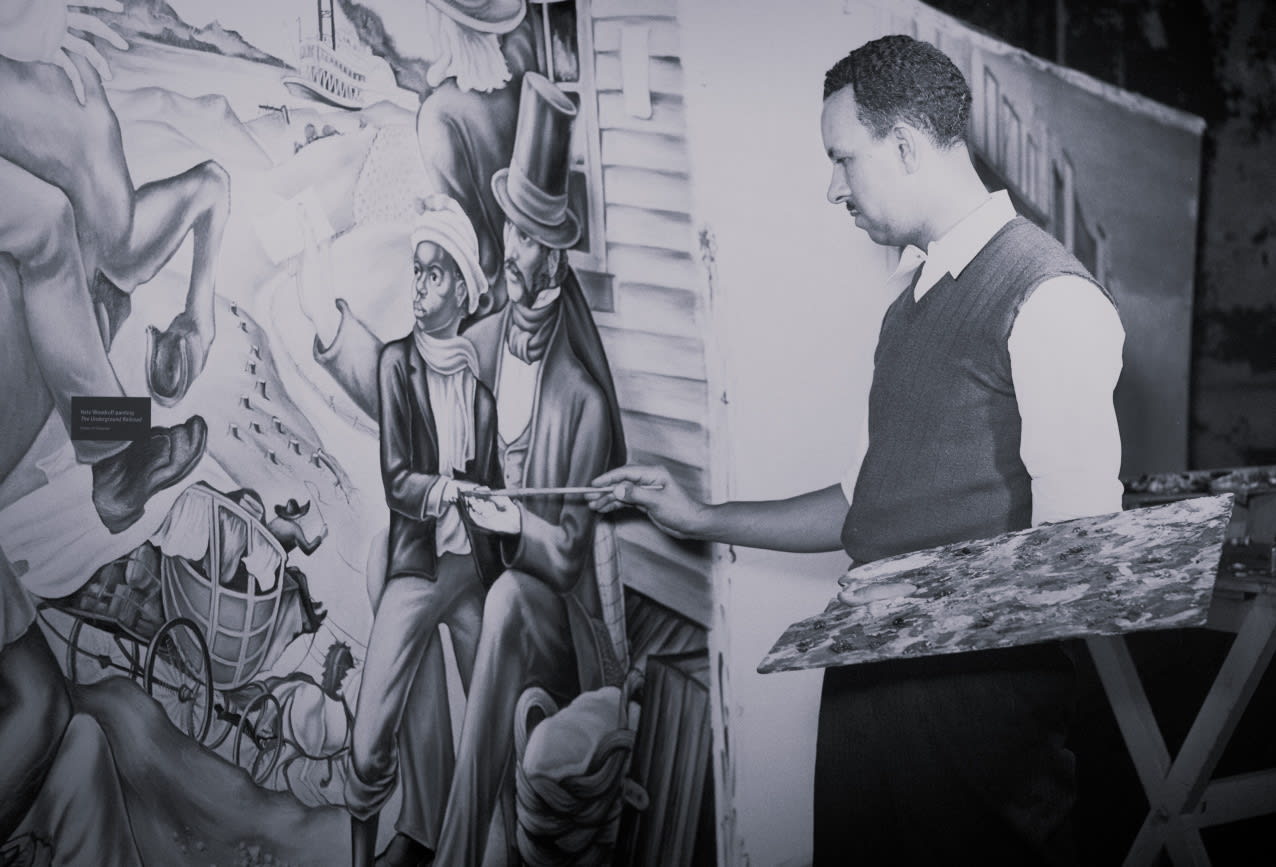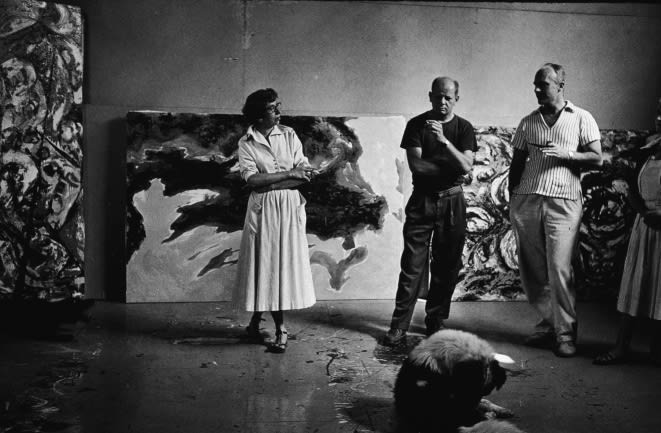



johndoe@gmail.com
Are you sure you want to reset the form?
Your mail has been sent successfully
Are you sure you want to remove the alert?
Your session is about to expire! You will be logged out in
Do you wish to stay logged in?
Coming Soon
Blog
Library Advisory Board
Teaching & Learning Resources
News and Updates
Reviews and Awards
Our Mission and Values
How to Use
Help
Information for Contributors
Contact Us
Pivotal movements and global impact: trace the evolution of visual culture

From the masterpieces of the Renaissance to the forgeries of the present day, the Art History and Visual Culture Reference Collection, new to the Bloomsbury Visual Arts hub, spans pivotal movements in art history, showcasing the cultural, historical, and creative aspects of artistic expression.
Delving into a wide range of underrepresented artists and movements, its titles explore race, gender, identity, colonialism, and politics.
We have picked out some key chapters which showcase the diversity of coverage and made them free to read for a short period so you can assess their relevance to your research and for the teaching of arts courses.
Charting Masters, movements and makers: foundational reference
Historical Dictionary of Renaissance Art 2nd Edition by Lilian H. Zirpolo is your guide to the era that produced some of the most influential works of art in the Western canon, including Leonardo da Vinci’s Mona Lisa and Last Supper and Michelangelo’s Sistine Chapel Ceiling, Pietà, and David.

With a chronology, an extensive bibliography, and over 700 cross-referenced entries on artists from across Europe, as well as historical figures and events that impacted the production of Renaissance art, this book is an excellent access point for students, researchers, and anyone wanting to know more about the Renaissance.
Caravaggio: A Reference Guide to His Life and Works also by Lilian H. Zirpolo focuses on the Old Master's life, works, and legacy. It contains entries on his individual paintings, public commissions, his patrons, his followers, and the techniques he used in rendering his works.
For more contemporary study, this chapter from Historical Dictionary of Contemporary Art by Ann Lee Morgan takes 1945 as its starting point to explore why forms of expression and the concerns of the art community evolved as they did.
Underrepresented artists and movements: Black Arts Movement
African American Art: A Contextual Survey by Daniel J. Frye addresses the continual exclusion of African American artists from a central position within the art world and academic scholarship at large.
In Caribbean Women and Their Art: An Encyclopedia Mary Ellen Snodgrass highlights the often-overlooked contributions of West Indian women to the cultural, artistic, and historical tapestry of the Caribbean. These women embody resilience, creativity, and cultural preservation across generations, using art, storytelling, music, and craft to maintain and celebrate island identities.

This chapter from The Black Arts Movement and the Black Panther Party in American Visual Culture by Jo-Ann Morgan takes July 1963 as its starting point when artists like Hale Woodruff, Charles Alston, and Romare Bearden met to discuss how Black artists could contribute to the civil rights movement. From there it explores the tension between artistic innovation and political activism, the rise of collective artistic movements grounded in Afrocentric values, and the use of jazz as both metaphor and method in visual arts. For more on the decolonization and diversification of art curricula and teaching, see the Art Race and Gender collection.
Abstract Expressionism retold: celebrating its women protagonists
This chapter from Brushed Aside: The Untold Story of Women in Art by Noah Charney shines a spotlight on the overshadowed role of women in all aspects of art and its history. Not just as artists, but also as patrons, curators, influencers, critics, scholars, models, muses, and more.

This chapter from Abstract Expressionist Women Painters: An Annotated Bibliography by Françoise S. Puniello and Halina R. Rusak celebrates a leading artist of the Abstract Expressionism movement, Helen Frankenthaler. Frankenthaler developed her own distinct style, the “soak-stain” technique in which pigments are soaked into the unprimed canvas.
"Pollock/Krasner: Collision Course" from Scoundrels, Cads, and Other Great Artists delves into the chaotic and short career of Jackson Pollock who changed the very nature of painting and the central role of his wife and fellow Abstract Expressionist painter, Lee Krasner, in his success, perhaps at the expense of her own.
Authenticity and its dark sisters: the art of forgery
Michael St. Clair's chapter on "Forgeries, Fakes, and the Repatriation of Art" traces how in China, as early as the third century BC, there is evidence of falsifying, replicating, and altering artefacts, first with calligraphy and then, by the eighth century, with paintings.

"About Authenticity" from Nancy Moses' Fakes, Forgeries, and Frauds takes a hard look at authenticity and its dark sisters, fakes, forgeries, and frauds through eight different cultural objects in museums, rare book libraries, upscale art galleries, and city streets. Her chapter "Two-Thirds Rembrandt" explores the authenticity and legacy of Rembrandt's painting The Polish Rider, while also diving into broader questions of art attribution, collaboration, and the complexities of art restoration and authentication. Elsewhere, "Ireland’s Shakespeare" looks at a forger, William-Henry Ireland, an English teenager who lived at the turn of the nineteenth century and made his name, and permanently ruined his reputation, by counterfeiting the Bard.
For more on commerce, provenance, art collecting, and curation see Art Markets Museums and Collecting Collection.
Content linked to in this blog will be free for three months after the post date.
For full access to our cross-searchable collections on the Bloomsbury Visual Arts hub, visit our Librarians page for information on trials and purchasing.
Explore the News and Updates page for the latest launches and collection updates.
Main image: Edvard Munch Day After Stock Photo, Credit line: Artepic/Alamy